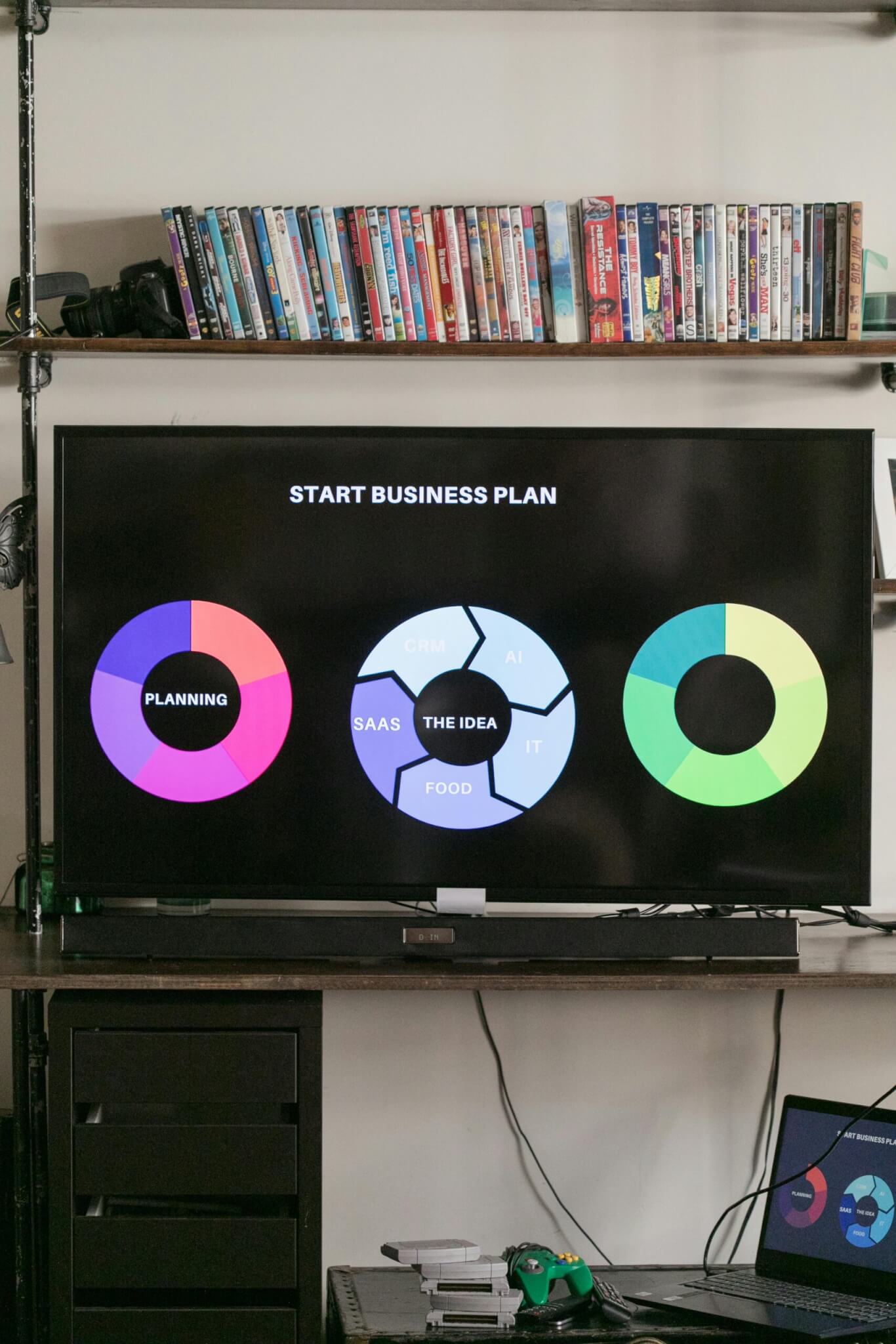Jun 18, 2025
5 min read
What Is a Personal Guarantee for a Business Loan?
A personal guarantee is a legally binding promise made by a...
Read story

In the world of business finance, maintaining steady cash flow is essential for a company’s growth and stability. Many businesses face challenges when capital is tied up in unpaid invoices, leaving them short on funds to cover immediate expenses.
Invoice financing allows businesses to access funds tied up in unpaid invoices, providing immediate cash flow to support operations and manage working capital effectively. This solution is particularly beneficial for businesses facing delays in client payments, as it bridges the gap between delivering goods or services and receiving payment, ensuring smoother financial management and operational continuity.
Understanding invoice financing can provide businesses with the flexibility needed to enhance financial operations and seize growth opportunities. This article explores how invoice financing works, its benefits, and how businesses can leverage it to maintain liquidity and drive success.
Invoice financing enables businesses to access short-term funding by leveraging outstanding invoices. This financial service helps convert unpaid invoices into working capital, addressing cash flow challenges and supporting day-to-day operations. Here’s a breakdown of how the process typically unfolds:
To begin, businesses must determine their eligibility and apply for financing. Key criteria often include:
Once a business meets the basic requirements, the financing provider evaluates the invoices. This step involves:
After the invoices are approved, the provider offers an advance, typically ranging from 70% to 90% of the invoice value.
Repayment begins when the customer pays the invoice. The financing company receives the full payment, deducts their charges, and returns the remaining amount to the business.
Imagine a small manufacturing business with an unpaid invoice worth $10,000 from a major retailer. To maintain cash flow, the company opts for invoice financing and receives an advance of 85%, or $8,500. After the retailer pays the invoice, the financing company deducts a service fee and interest and returns the remaining balance to the business. This approach allows the manufacturer to manage cash flow and seize new opportunities without waiting for the invoice payment.
Invoice financing helps businesses bridge cash flow gaps, pursue growth opportunities, and handle unexpected expenses. However, understanding the terms and associated fees is essential to making informed financial decisions.
Invoice financing can be a practical solution for businesses facing cash flow challenges, but it’s essential to evaluate if it aligns with your specific needs and circumstances. Companies of different sizes and industries will experience varied impacts from this financial tool. For instance, small to medium enterprises (SMEs) that often face irregular payment cycles may benefit more significantly from the immediate cash access invoice financing offers. However, businesses that frequently rely on this method should carefully consider the long-term costs and potential impact on profit margins. Additionally, understanding how this option might influence customer relationships is crucial, especially if maintaining confidentiality about financial operations is a priority.
Invoice financing is a versatile financial tool that supports a wide range of businesses, especially those facing cash flow challenges. It is particularly advantageous for:
By understanding the wide range of businesses that can benefit from invoice financing, companies can better assess whether this financial tool aligns with their specific needs and cash flow management strategies.
Invoice financing and invoice factoring are both financial strategies that help businesses leverage outstanding invoices for cash flow. While they share similarities, there are important differences to consider.
Invoice financing allows businesses to borrow against their unpaid invoices while maintaining ownership and control over their accounts receivable. The company continues to handle customer interactions and invoice collections, making it a more discreet option since customers typically aren’t aware of the arrangement.
Invoice factoring, on the other hand, involves selling unpaid invoices to a third-party company at a discount. The factoring company takes over the responsibility of collecting payment from customers. This approach can provide quicker access to cash but may impact customer relationships as clients interact directly with the factoring company, potentially changing their perception of the business.
The cost structure for invoice financing usually includes service fees and interest, often making it a more cost-effective option for businesses with strong credit. Invoice factoring tends to involve higher fees, as the factoring company assumes more risk by taking control of collections.
When it comes to customer impact, invoice financing keeps interactions consistent, preserving customer relationships. Invoice factoring may signal financial challenges to customers due to the direct involvement of a third-party collector.
Businesses seeking to maintain control over their customer interactions and collections should consider invoice financing. However, those who need immediate cash flow and prefer outsourcing collections might find invoice factoring more suitable.
Understanding these differences can help businesses choose the right tool to meet their cash flow needs without compromising relationships or financial strategy.
Securing invoice financing through SBG Funding is designed to be straightforward and efficient, ensuring businesses can quickly access the funds they need to maintain smooth operations and support growth. Here’s a step-by-step look at how the process works:
Start by assessing your cash flow requirements and identifying which outstanding invoices you plan to finance. Understanding your funding needs will help you make the most of the invoice financing process.
Submit your application through SBG Funding’s online platform. The application process is simple and requires basic information about your business, outstanding invoices, and financial documentation.
SBG Funding’s team reviews the application, focusing on the creditworthiness of your business and the clients associated with the invoices. The evaluation typically includes:
Once approved, SBG Funding advances a significant portion of the invoice value, often ranging from 70% to 90%, providing you with immediate access to capital.
When your client pays the invoice, SBG Funding handles the payment process:
Invoice financing through SBG Funding can be a practical solution for businesses seeking to optimize cash flow, manage operational costs, and take advantage of growth opportunities without incurring additional debt.

Jun 18, 2025
5 min read
A personal guarantee is a legally binding promise made by a...
Read story

Jun 12, 2025
3 min read
Running a business means understanding your numbers. One of the most...
Read story

Jun 09, 2025
5 min read
Starting a business requires careful planning, and one of the most...
Read story

A funding specialist will get back to you soon.
If you can’t hang on then give us a call at (844) 284-2725 or complete your working capital application here.